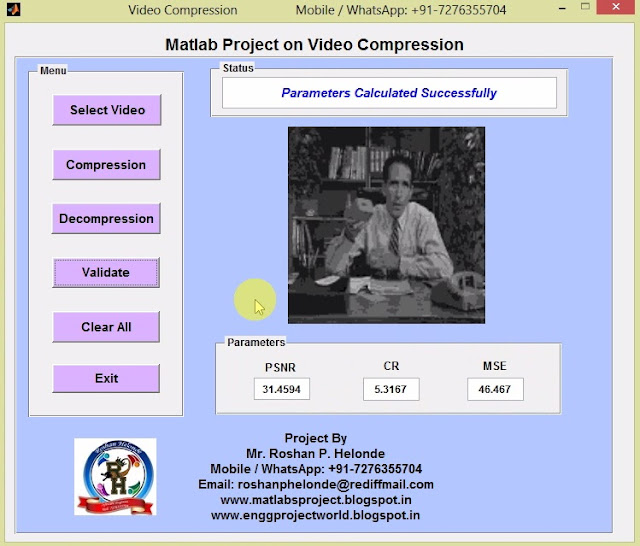ABSTRACT
PROJECT OUTPUT
PROJECT VIDEO
This project aims to develop Image processing based Optical Mark Recognition sheet scanning system. Today we find that lot of competitive exams are been conducted as entrance exams. These exams consists of MCQs. The students have to fill the right box or circle for the appropriate answer to the respective questions. During the inspection or examining phase normally a stencil is provided to the examiner to determine the right answer to the questions. This is a manual process and a lot of errors can occur in the manual process such as counting mistake and many more. To avoid this mistakes OMR system is used. In this system OMR answer sheet will be scanned and the scanned image of the answer sheet will be given as input to the software system. Using Image processing we will find the answers marked to each of the questions. Summation of the marks & displaying of total marks will be also implemented. The implementation is done using Matlab
In today’s modern world of technology when everything is computerized, the Evaluation exercise of examining and assessing the educational system has become absolute necessity. Today, more emphasis is on objective exam which is preferred to analyze scores of the students since it is simple and requires less time in the examining objective answer-sheet as compared to the subjective answer-sheet. This project proposes a new technique for generating scores of multiple-choice tests which are done by developing a technique that has software based approach with computer & scanner which is simple, efficient & reliable to all with minimal cost. Its main benefit to work with all available scanners, In addition no special paper & colour required for printing for marksheet. To recognize & allot scores to the answer marked by of the student’s.
PROJECT OUTPUT
PROJECT VIDEO
Contact:
Mr. Roshan P. Helonde
Mobile: +91-7276355704
WhatsApp: +91-7276355704
Email: roshanphelonde@rediffmail.com



























